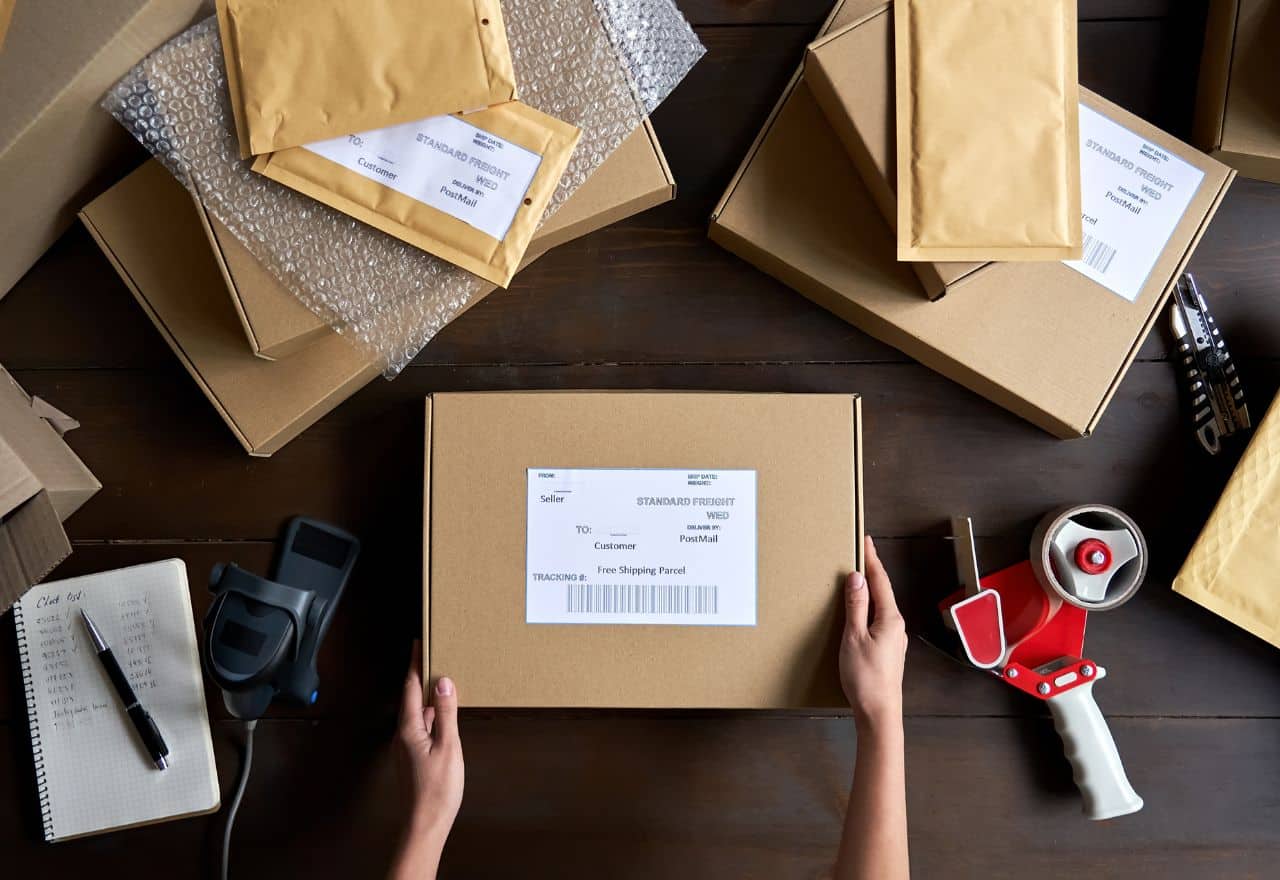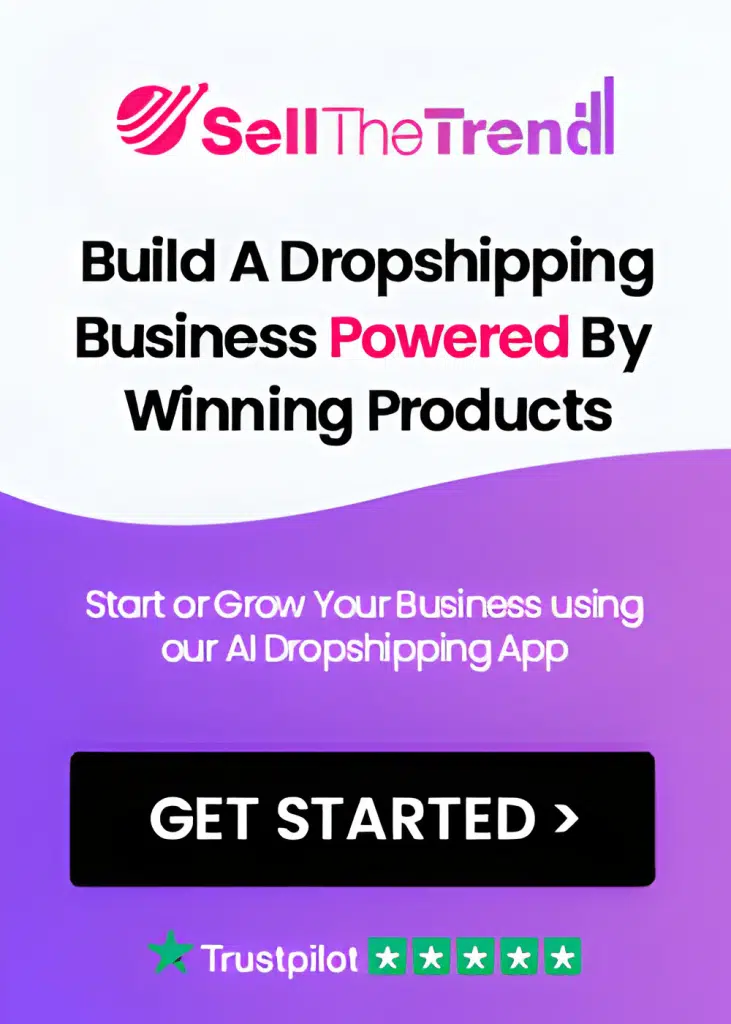Custom Order Fulfillment on Shopify: Tailored Strategies for Unique Business Needs
Contents

Shopify stands out as a leading platform for eCommerce entrepreneurs. It offers a wide array of features, including various order fulfillment options. However, one size does not fit all. Businesses have unique needs, especially when it comes to fulfilling orders. Tailoring your fulfillment strategy can significantly impact customer satisfaction and operational efficiency. This blog explores how you can customize order fulfillment on Shopify. We aim to provide actionable insights tailored to your business model.


Understanding Your Fulfillment Needs
Assessment of Business Model
Your business model shapes your fulfillment needs. Dropshipping, warehousing, and print-on-demand each have distinct requirements. For instance, dropshipping eliminates the need for inventory management but demands close coordination with suppliers. Warehousing offers control over inventory but requires logistics management. Print-on-demand suits custom products but involves specific production timelines. Identifying your model is the first step toward a customized fulfillment strategy.
Product Type Considerations
Product types influence your fulfillment strategy. Size, fragility, and perishability are critical factors. Large items need special shipping arrangements. Fragile items require secure packaging. Perishable goods demand speedy delivery. Tailoring your approach to these characteristics ensures product safety and customer satisfaction.
Customer Expectation Management
Today’s customers have high expectations. They desire fast, reliable delivery, irrespective of their location. Understanding these expectations is crucial. It helps you choose the right shipping options and set realistic delivery timelines. Meeting, or even exceeding, these expectations can set your Shopify store apart.
Overview of Shopify’s Fulfillment Solutions
It offers various fulfillment solutions. The Shopify Fulfillment Network (SFN) is a popular option. It provides warehousing and shipping services. For more specialized needs, Shopify integrates seamlessly with third-party logistics (3PL) providers. Additionally, numerous apps and plugins are available to enhance your fulfillment process. Understanding these options is a stepping stone to customizing your strategy.
Tailoring Your Shopify Fulfillment Strategy
Customization with Shopify Apps
The Shopify App Store is a treasure trove for enhancing your fulfillment strategy. Apps like ShipStation or Fulfillment by Amazon (FBA) integrate seamlessly. They offer advanced features like bulk shipping labels and global fulfillment networks. By selecting apps that align with your specific needs, you can streamline your fulfillment process effectively.
Integrating with 3PLs
Third-party logistics providers can be game-changers. They handle storage, packaging, and shipping, allowing you to focus on growing your business. The key is choosing a 3PL that fits your needs. Consider factors like cost, location, and technology compatibility. Integration can be straightforward with Shopify’s platform, making this a viable option for many businesses.
Automation and Technology
Leveraging technology is crucial for efficient order processing. Automation tools can handle repetitive tasks, from updating inventory levels to sending out tracking information. This not only speeds up the fulfillment process but also reduces the chances of human error. Embracing technology ensures your fulfillment strategy is both effective and scalable.
Overcoming Common Fulfillment Challenges
Handling High Volume Orders
Peak sales periods are both a blessing and a challenge. Preparing for high volume orders involves optimizing your inventory management and possibly expanding your fulfillment infrastructure. Automation and forecasting tools can help manage this surge, ensuring you meet customer demand without sacrificing service quality.
International Shipping
Cross-border logistics come with their own set of challenges, from customs duties to longer shipping times. To navigate these, consider partnering with logistics providers experienced in international shipping. They can offer valuable insights into customs regulations and help you streamline the process. Clear communication with customers about potential delays or additional fees is also vital.
Returns and Exchanges
A smooth returns process can enhance customer satisfaction and encourage repeat business. Simplify the process with clear return policies and easy-to-use return platforms. Consider offering free returns as an incentive. Managing returns efficiently ensures a positive customer experience, even when the original order doesn’t meet their expectations.
Conclusion and Next Steps
Customizing your order fulfillment on Shopify isn’t just about handling packages; it’s a strategic move that can significantly enhance your customer’s shopping experience and streamline your operations. We’ve explored how understanding your specific needs, leveraging Shopify’s ecosystem, and integrating technology can tailor your fulfillment strategy. Additionally, overcoming common challenges like high volume orders, international shipping, and returns can set your store up for long-term success.
But the journey doesn’t end here. The next steps involve assessing your current fulfillment strategy, identifying areas for improvement, and exploring the tools and partnerships that can bring your vision to life. Whether it’s adopting new Shopify apps, partnering with a 3PL, or implementing automation, the goal is to create a fulfillment process that grows with your business and meets the evolving expectations of your customers.
Remember, the most successful Shopify stores are those that continuously optimize their operations based on insightful analysis and customer feedback. So, take inspiration from the case studies mentioned, and don’t be afraid to experiment with different strategies to find what works best for you.
Custom order fulfillment might seem daunting at first, but with the right approach, it can become a powerful component of your eCommerce success. Start small, focus on incremental improvements, and always keep your customer’s satisfaction as your north star. With Shopify’s flexible platform and the abundance of tools at your disposal, there’s never been a better time to customize your order fulfillment strategy.
FAQ’s
- What is custom order fulfillment? Custom order fulfillment refers to tailoring the order processing, handling, and shipping processes to meet the unique requirements of a business and its customers. This can include personalized packaging, specific shipping carriers, and custom return policies.
- How can I identify my specific fulfillment needs? Assess your business model, understand your product types and sizes, and consider your customer expectations. Analyze your past order data for volume, frequency, and common issues to pinpoint areas needing customization.
- Can Shopify handle fulfillment for any type of product? Yes, Shopify can support fulfillment for a wide range of products through its native tools, integrations with third-party logistics (3PL) providers, and various apps available in the Shopify App Store.
- What are the benefits of integrating 3PL services with my Shopify store? Integrating 3PL services can help streamline your fulfillment process, reduce shipping costs, expand your shipping and storage capabilities, and allow you to focus more on sales and customer service.
- How do I choose the right Shopify app for my fulfillment needs? Identify your fulfillment challenges and objectives, research apps that address these needs, read reviews, and consider trial versions to test functionality before making a final decision.
- What strategies can I use to manage high-volume orders during peak seasons? Plan inventory well in advance, utilize forecasting tools, automate order processing where possible, and consider temporary 3PL partnerships to handle the increased volume.
- How can I efficiently manage international shipping and customs? Partner with shipping carriers and 3PLs that have expertise in international logistics, understand the tax and customs regulations of your target markets, and clearly communicate any potential delays or additional fees to your customers.
- What are the best practices for handling returns and exchanges on Shopify? Have a clear, easy-to-find returns policy, offer free returns if possible, use a dedicated returns management app, and process returns and exchanges promptly to maintain customer satisfaction.
- Can automation improve my Shopify order fulfillment process? Yes, automation can significantly enhance efficiency by reducing manual tasks in order processing, inventory management, and customer communication, allowing for faster fulfillment and fewer errors.
- Where can I find case studies on successful custom fulfillment strategies for Shopify stores? Shopify’s own blog, eCommerce forums, and industry publications often feature success stories. Additionally, many Shopify apps and 3PL services publish case studies showcasing how their solutions have helped other businesses.







